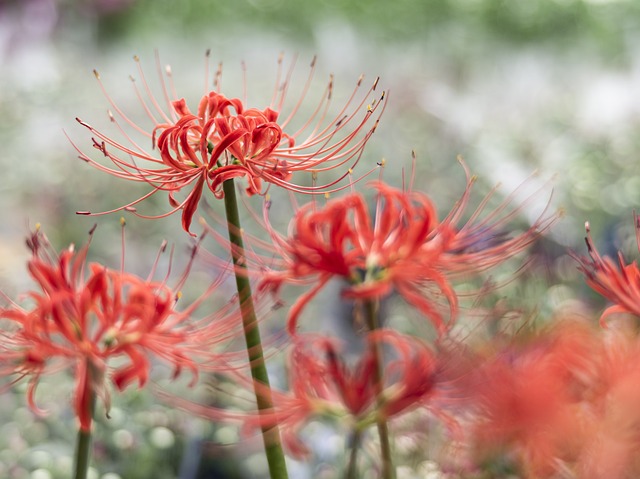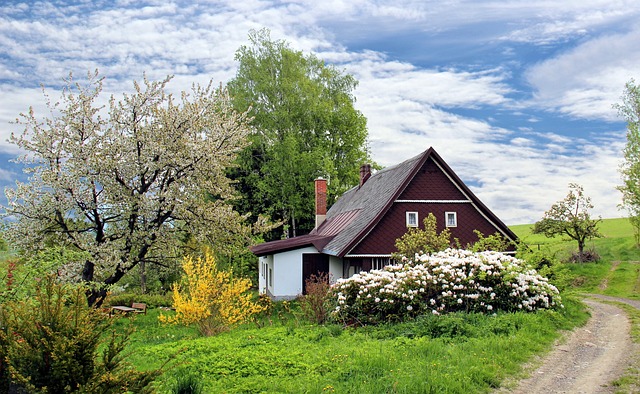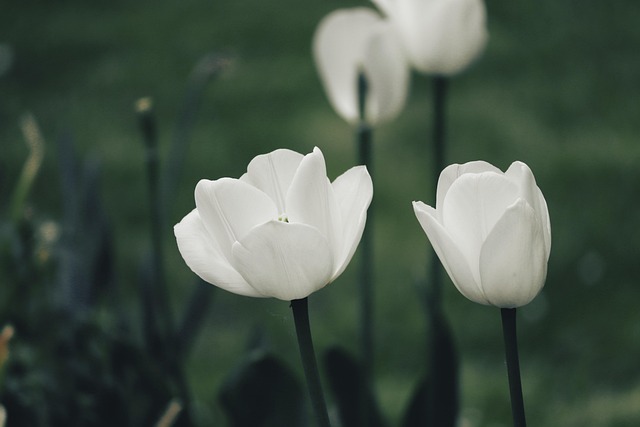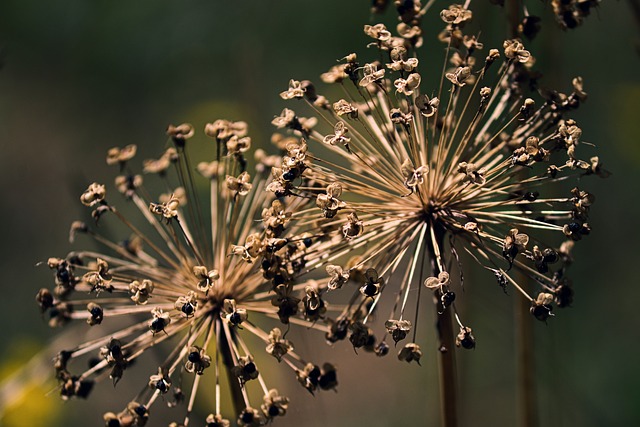This article provides a comprehensive guide on establishing and maintaining a low-maintenance garden that thrives with minimal effort. It suggests incorporating drought-tolerant plants like lavender and Russian sage for durable, pest-resistant blooms, along with easy-care perennial flowers that offer consistent beauty with less upkeep than annuals. Mulching is key for weed control and moisture retention in the soil, while using native plants promotes local biodiversity and aligns your garden with your region's climate and soil conditions. For those looking to minimize water usage, automatic irrigation systems are recommended for precise watering schedules that adapt to environmental needs. Additionally, the article suggests low-maintenance lawn alternatives like hardscaping elements such as stone paths or water features that add visual appeal without the need for frequent turf maintenance. These enhancements not only complement the garden's aesthetic but also contribute to its overall resilience, making it a practical and beautiful outdoor space with minimal upkeep. To further simplify garden care, consider xeriscaping or planting low-maintenance ground covers as viable alternatives to traditional lawns. Overall, the article outlines a sustainable approach to gardening that combines native plants, modern irrigation, and hardscaping for a beautiful, easy-to-maintain landscape.
Embarking on a gardening journey that’s both beautiful and low-maintenance is achievable with the right strategies. This article delves into the art of selecting pest-resistant plants that thrive with minimal intervention, ensuring your garden remains lush without constant upkeep. We’ll explore top low-maintenance garden tips, from drought-tolerant plants to perennial flowers for easy care, and provide guidance on effective weed control through mulching techniques. Additionally, discover how incorporating native plant landscaping into your design can enhance resilience against pests while keeping maintenance at a minimum. For those looking to future-proof their outdoor space, we’ll cover low-maintenance lawn alternatives and hardscaping ideas for permanent beauty. And for the tech-savvy gardener, we’ll examine the benefits of automatic irrigation systems—a smart investment that conserves water and time. Transform your garden into a sustainable oasis with these practical solutions.
- Cultivating a Low-Maintenance Garden with Pest-Resistant Plants: A Guide to Drought-Tolerant and Easy-Care Perennials
- Effective Weed Control and Water Conservation: Mulching Techniques for a Healthy, Resilient Landscape
- Enhancing Your Garden with Native Plants: Landscaping Tips for Pest Resistance and Minimal Upkeep
- Transforming Your Outdoor Space: Low-Maintenance Lawn Alternatives and Hardscaping Ideas for Permanent Beauty
Cultivating a Low-Maintenance Garden with Pest-Resistant Plants: A Guide to Drought-Tolerant and Easy-Care Perennials

Embarking on creating a low-maintenance garden that thrives with minimal intervention begins with selecting the right plants. Opt for perennial flowers that are inherently easy care, such as lavender and Russian sage, which not only offer long-lasting blooms but also are resistant to many common pests. These drought-tolerant plants require little water once established, making them ideal for regions with water restrictions or for those who prefer an automatic irrigation system. Additionally, incorporating a layer of mulch is crucial for weed control; it helps retain soil moisture and suppresses weeds that can compete with your plants for nutrients and water.
Furthermore, integrating native plant landscaping into your garden design not only supports local biodiversity but also ensures that the plants you choose are naturally adapted to your area’s climate and soil conditions. This adaptation means they’ll be more resistant to pests and diseases, and will generally require less maintenance. To complement your plant selection, consider hardscaping ideas such as stone paths or a water feature that add visual interest without increasing the workload. These elements also contribute to a garden that is both beautiful and resilient, reducing the need for frequent interventions and allowing you to enjoy your low-maintenance garden to its fullest.
Effective Weed Control and Water Conservation: Mulching Techniques for a Healthy, Resilient Landscape

Embarking on a journey to create a low-maintenance garden requires strategic planning and the selection of plants that thrive with minimal intervention. Opting for drought-tolerant plants is a wise choice, especially in regions prone to water scarcity. These resilient species not only reduce the need for frequent irrigation but also contribute to water conservation efforts. Among the many low-maintenance garden tips, employing perennial flowers for easy care stands out as a simple yet effective solution. They offer long-lasting beauty with minimal fuss, ensuring your landscape remains vibrant without the constant concern of seasonal replanting.
Mulching is an indispensable technique for both weed control and water conservation, serving as a protective layer over the soil. It helps maintain consistent soil moisture by preventing evaporation and shading the ground. In addition to its hydration-retaining properties, mulch also acts as a natural barrier against weeds, reducing the need for manual weeding. By incorporating native plant landscaping into your design, you further enhance the resilience of your garden, as these plants are naturally adapted to your local environment. This not only supports biodiversity but also ensures that your garden requires less intervention over time.
For those considering upgrades to their irrigation system, automatic irrigation systems can be a game-changer for maintaining a healthy landscape with minimal effort. These systems offer precision and efficiency in watering, adhering to schedules and responding to environmental conditions, thus reducing waste and conserving water. Beyond plants and water management, hardscaping ideas such as rock gardens, pathways, and water features can complement your garden, providing both aesthetic appeal and practical functionality, all while supporting a low-maintenance lawn alternative that integrates seamlessly with the rest of your outdoor space.
Enhancing Your Garden with Native Plants: Landscaping Tips for Pest Resistance and Minimal Upkeep

When designing a garden that requires minimal intervention while still being lush and vibrant, incorporating native plants is a wise choice. These plants are naturally adapted to local conditions, making them inherently more resistant to pests and diseases prevalent in your region. A low-maintenance garden thrives on the right selection; opting for perennial flowers that don’t demand high maintenance will ensure a continuous display of color without constant fussing. Additionally, native plants often require less water once established, aligning perfectly with drought-tolerant gardens. Employing mulching techniques is another low-maintenance garden tip that helps in weed control, retaining soil moisture, and improving soil quality, reducing the need for frequent weeding and watering.
For those looking to complement their native plant landscaping with modern conveniences, automatic irrigation systems can be a game-changer. These systems conserve water by delivering it only when needed, based on soil moisture levels, thus ensuring your garden remains lush even during dry spells without the need for daily manual watering. Beyond plants, hardscaping ideas such as stone pathways, boulders, or retaining walls not only add aesthetic value but also contribute to a low-maintenance garden by reducing the amount of turf that needs mowing and maintaining. Considering a low-maintenance lawn alternative like a xeriscape or a ground cover can further minimize garden upkeep, allowing you to enjoy your outdoor space without the constant workload.
Transforming Your Outdoor Space: Low-Maintenance Lawn Alternatives and Hardscaping Ideas for Permanent Beauty

When designing a garden that requires minimal upkeep, incorporating low-maintenance garden tips is key. Opting for drought-tolerant plants can significantly reduce watering needs and save time, especially in regions with water restrictions or during drought periods. Perennial flowers chosen for their easy care qualities can provide lasting beauty with less effort, as they return year after year without the need for replanting. A strategic approach to mulching not only helps in suppressing weeds but also retains soil moisture, reducing the frequency of watering and the labor associated with weed management.
For those looking to transition away from traditional lawns, there are numerous low-maintenance lawn alternatives that offer both aesthetic appeal and functionality. Consider replacing large swathes of turf with a variety of native plant landscaping elements. These plants are naturally adapted to your local environment, reducing the need for chemical treatments and extensive care. Additionally, integrating automatic irrigation systems can ensure consistent watering while minimizing manual intervention, allowing you to focus on other aspects of your garden or leisure activities.
Hardscaping ideas can further enhance the beauty of your outdoor space while contributing to its low-maintenance nature. Elements such as stone pathways, rock gardens, or water features not only add visual interest but also create a permanent and enduring aspect to your landscape. These features require minimal upkeep compared to grassy areas and can serve as focal points that complement the natural beauty of your chosen drought-tolerant plants and perennial flowers. By combining these low-maintenance garden tips with thoughtful hardscaping, you can create a stunning outdoor space that demands less of your time and more of your appreciation for its permanent, year-round charm.
Incorporating pest-resistant plants into your garden design not only enhances the aesthetic appeal of your outdoor space but also significantly reduces the need for frequent interventions. By selecting from a diverse range of drought-tolerant plants and easy-care perennials, as detailed in our guide on low-maintenance garden tips, you can create a resilient landscape that thrives with minimal effort. Complementing your plant selection with effective mulching for weed control, as outlined in our article on gardening techniques, further simplifies maintenance. Additionally, embracing native plant landscaping offers both pest resistance and a harmonious fit within your local ecosystem. For those looking to elevate their outdoor living areas without the hassle of lawn upkeep, our exploration of low-maintenance lawn alternatives and hardscaping ideas provides inspiration for enduring beauty with little ongoing care. Overall, adopting these strategies will lead to a more sustainable and manageable garden that requires fewer pest treatments, less watering, and less overall maintenance, thanks to the integration of modern solutions like automatic irrigation systems.
